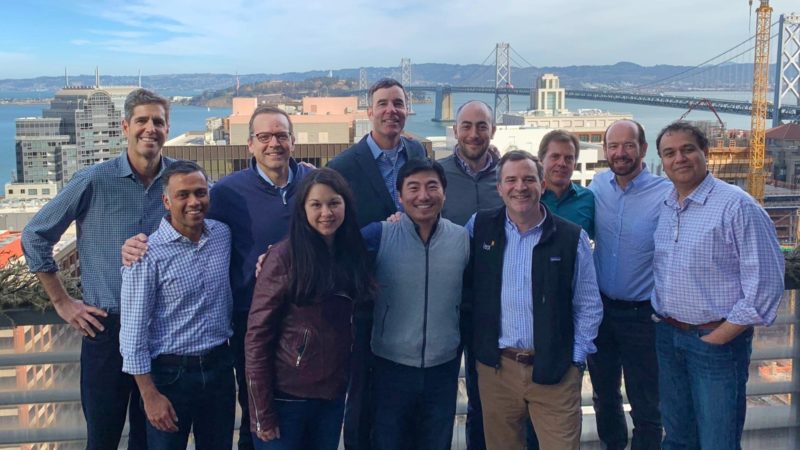Panoramic Governance: A New Model for Active Participation
Abstract has recently announced the launch of their ‘Panoramic Governance,’ a model where active users and protocols are directly rewarded for their participation.
This article explores what Panoramic Governance is and how it works.
This article is presented in collaboration with Abstract.
Panoramic Governance (PG) is a model that aims to ensure that everyone, including users, protocols, and chain operators, has a genuine reason to get involved and contribute to the success of the network.
On Layer 2 blockchains, management is often centralized around sequencers. They control the order of transactions and can accumulate high fees, which goes against the decentralized nature of blockchains.
This can lead to imbalances and vulnerabilities in Layer 2 solutions without a governance structure that is fairly distributed.
In addition, there is a lack of user participation in governance. Without incentives, decisions can be made solely by an elite group, which harms the entire community.
Panoramic Governance, introduced by Abstract, aims to address these issues by implementing two complementary mechanisms. The first is the distribution of sequencing fees to active participants, while the second is the allocation of token emissions to protocols that bring the most value to the ecosystem.
Sequencing fees are collected by sequencers on Layer 2 blockchains. Abstract’s Panoramic Governance redistributes these fees to those who actively participate in governance voting.
The Active Participation Threshold (APT) determines the eligibility for receiving a portion of the sequencing fees. It takes into account factors such as the number and total value of transactions.
By redistributing sequencing fees to active governors, Panoramic Governance creates a virtuous circle in the ecosystem, encouraging more user involvement and increasing fee collection.
Token emissions in Panoramic Governance are distributed to protocols operating on the chain. However, the distribution is determined through community voting. Active token holders vote to decide which protocols deserve a share of the emitted tokens, creating competition where the most beneficial projects are rewarded.
The allocation process is inspired by the gauge mechanism of Curve Finance. During each epoch, a vote is organized, and protocols receive a proportional share of emitted tokens based on the number of votes received.
This process ensures that projects contributing the most value to the chain receive the necessary resources to continue growing.
Furthermore, these token emissions reinforce the protocols’ participation in the network’s overall governance. By gaining more tokens, a protocol can increase its influence and play a more significant role in future decisions concerning the blockchain’s evolution.
To learn more about Panoramic Governance, click here.




